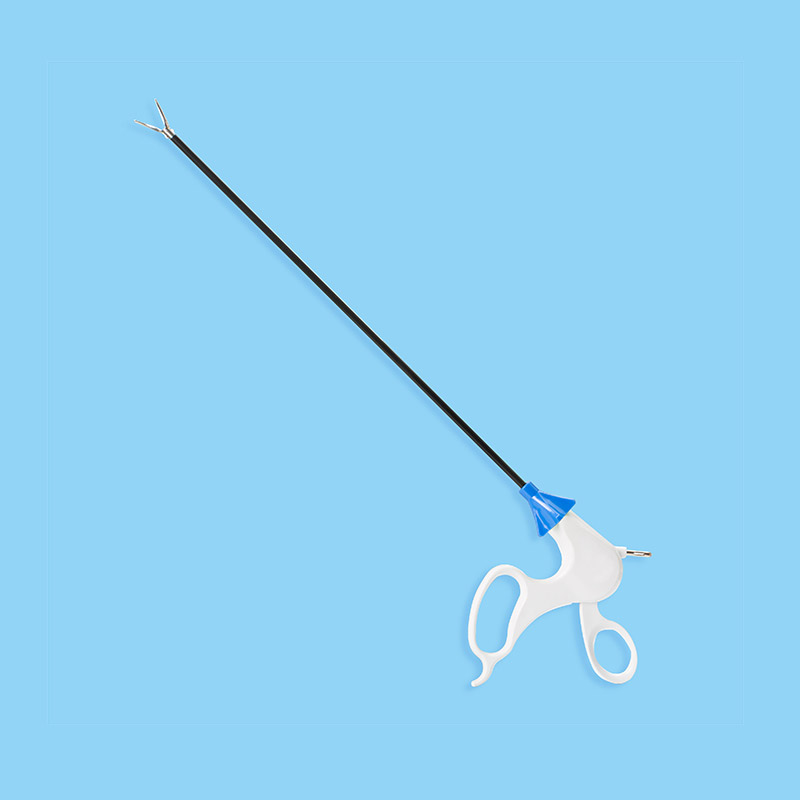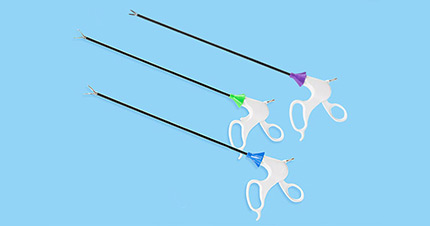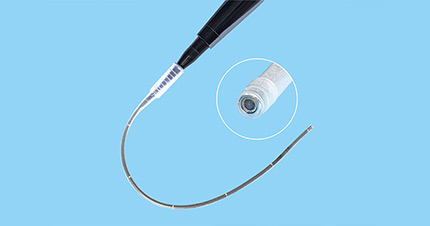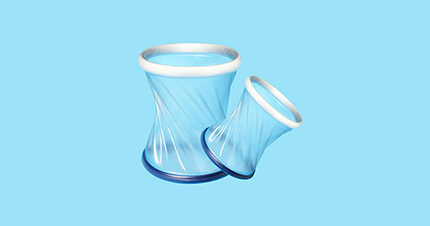Take a look at the maryland dissector
 Jan 30, 2023|
Jan 30, 2023| View:582
View:582Each specific procedure has different needs, so manufacturers propose a variety of instruments to match each specificity. Among them, maryland dissectors range in diameter from 1.8 to 12 mm, but most are designed to pass through 5 or 10 mm sleeves and lengths from 18 to 45 cm; many maryland dissectors are available in both reusable and disposable versions. Most reusable versions can be partially or completely removed for repair and cleaning. Some manufacturers produce modular systems that allow surgeons to change parts of the instrument to fit their needs (e.g., different handles or operating tips).

1. Construction and function.
Maryland dissectors range in diameter from 1.8 to 12 mm, and these diameters provide instruments with different levels of stiffness for different conditions. The longer and thinner the instrument, the more flexible it is. The thinnest instruments exist only in shorter lengths, and some instrument types do not have the thinnest diameters. These instruments are designed to provide a variety of surgical functions (e.g., clamping, grasping, stripping, and cutting), so the maryland dissector tip reflects those found in open surgery.
(1) Diameter and length of maryland dissectors.
a) Diameter 1.8 to 2 mm. blunt, windowed, toothed graspers, and suction-irrigation tubes, in this needle-like size, without stripping hooks.
b) 3 to 3.5 mm diameter. Most standard 5 mm instruments are also available in this size and allow for smaller incisions in routine (gallbladder, antireflux) or occasionally performed (endocrine, cervical surgery) laparoscopic procedures; however, this size is more flexible than the 5 mm version with lower handle fixation; in 2002, bipolar graspers of this size were not available.
c) 5mm diameter. This is the most common diameter of laparoscopic instruments, most of which are available in this size (e.g., all types of graspers, scissors, hooks, bipolar graspers, and articulated or angled instruments).
d) 10 to 12 mm in diameter. Except for endoscopes, most 12 mm instruments are used for traction or exposure or are included in integrated machinery (clip applicators, linear staplers, etc.).
(2) Instrument length.
a) Standard instruments range in length from 34 to 37 cm, depending on the manufacturer. This length can be used for most procedures; shorter instruments (18 to 25 cm) are suitable for cervical and pediatric procedures. Some adult procedures can also be performed with these shorter instruments (gallbladder, antireflux), but the insertion position must be changed and the technique adapted for use.
b) 45 cm instruments. These particularly long instruments are used in obese or very tall patients. However, their use is becoming more frequent because of the increasing number of procedures performed on obese patients.
2. Mobility of the maryland dissector.
Most Maryland anatomical instruments, such as graspers and scissors, have a basic opening and closing function. Many instruments manufactured in the past few years can be rotated 360 degrees, increasing the flexibility of the instrument's use. However, many of these instruments are designed to avoid rotation when tightly closed (e.g., when tissue is clamped), which can aid in tissue rotation but may cause damage if the surgeon wishes to rotate the grasped tissue.
Some instruments offer angulation at the tip, commonly used for four degrees of flexibility. These maryland dissectors are used to avoid obstruction and to grasp when the instrument is out of view. Angled features are seen in reusable and disposable instruments. However, the complexity of these instruments makes sterilization quite difficult, so manufacturers tend to offer more disposable versions.
3. Articulated system of maryland dissectors.
Many maryland dissectors, especially retractors, have developed a variety of connecting shafts. When these are fixed in taut lines, the instruments take on a fixed shape and may not be introduced via cannulae. However, manufacturers of these products have made efforts to develop them, but only a few are on the market.
4. Sterilization and cleaning of maryland dissectors.
Sterilization of surgical instruments must fully comply with safety standards, following each country's legal provisions. There are different sterilization systems and sterilization times.
(1) Sterilization systems.
a) Ethylene oxide.
b) Steam pressure.
c) Hydrogen peroxide.
(2) Cleaning.
Some instruments can be disassembled, and each part cleaned independently. Others cannot be disassembled but have a rinse hole that is heavily wetted (300 ccs) by rinse hole pressure after each use. If autoclave cleaning is incomplete, it can lead to protein agglutination in the rinse hole and instrument joints, leading to malfunction.
The above is the relevant knowledge about maryland dissectors. If you need more detailed information, welcome to contact us!



 molly@surgitoolssh.com
molly@surgitoolssh.com








